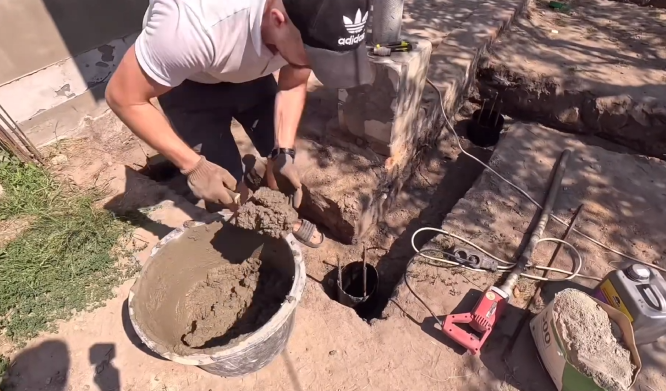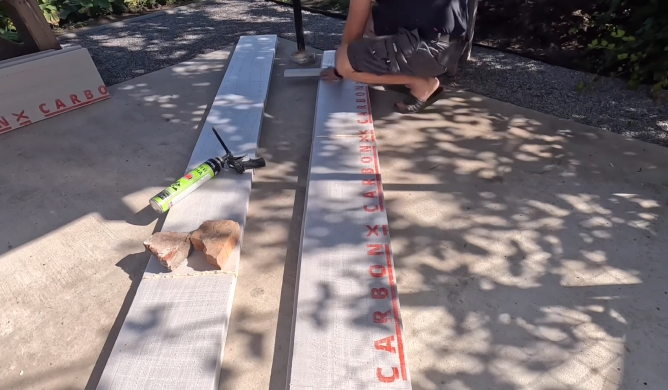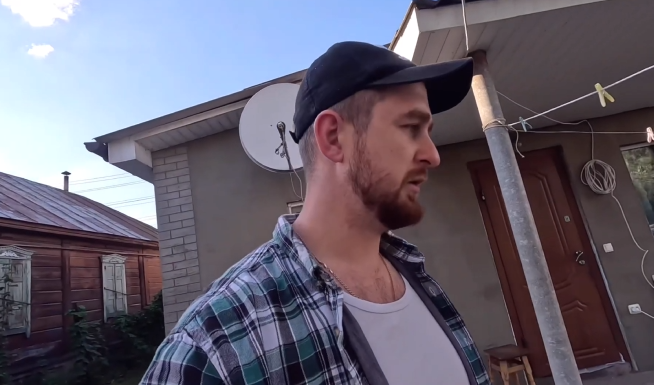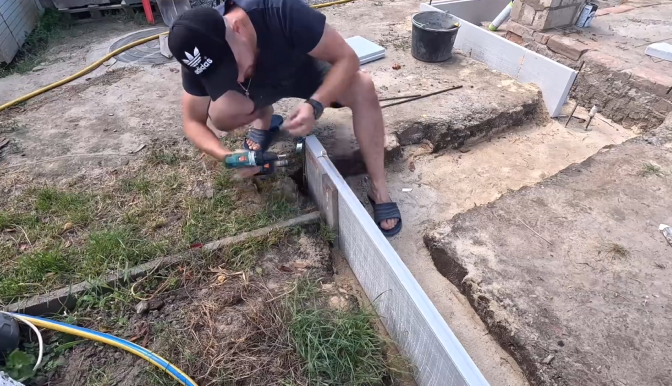
When it comes to modern home construction, energy efficiency and long-term durability are top priorities. One of the most effective ways to achieve both is to properly insulate the foundation before pouring the concrete. In recent years, using formwork made of Penoplex—a high-performance extruded polystyrene (XPS) insulation material—has become a popular and effective method for this task. Not only does it provide excellent thermal protection, but it also simplifies the construction process by combining insulation and formwork into one step.
Why Insulate the Foundation?
Insulating the foundation of a building is not just about comfort—it’s a crucial step toward energy efficiency, moisture control, and structural longevity. A poorly insulated foundation can lead to:
- Heat loss in winter, causing higher energy bills
- Cold floors and uncomfortable living spaces
- Moisture problems, including condensation and mold
- Increased wear and tear on heating systems
By insulating the foundation before pouring the concrete, these issues can be minimized or entirely avoided. The insulation acts as a thermal break, preventing cold from penetrating the slab and warm air from escaping through the ground.

Penoplex as a Modern Solution
Penoplex is a brand of extruded polystyrene foam that has gained popularity due to its excellent thermal resistance, moisture resistance, and structural integrity. Unlike traditional EPS (expanded polystyrene), Penoplex has a closed-cell structure that offers better insulation performance and higher compressive strength, making it suitable for direct contact with soil and concrete.
Key properties of Penoplex include:
- High thermal resistance (R-value) per inch of thickness
- Waterproof and vapor-resistant structure
- High compressive strength, supporting loads without deformation
- Insect- and mold-resistant
- Lightweight and easy to cut, reducing labor time
Its durability and performance make it an excellent choice for both insulating and forming the foundation.

The Process: Step by Step
1. Site Preparation
Before any insulation or formwork is installed, the site must be properly excavated and leveled. The ground is compacted to ensure stability, and a layer of gravel or crushed stone is often added for drainage and leveling.
2. Laying the Insulation
Once the ground is prepared, sheets of Penoplex are laid directly onto the base. These will serve both as insulation beneath the concrete and, in some cases, as the bottom formwork. The sheets are tightly butted together to minimize thermal bridging. Joints can be sealed with foam tape or adhesive to prevent any cold spots or moisture intrusion.
For slab-on-grade foundations, this is the moment where a continuous thermal envelope begins—ensuring energy savings throughout the life of the building.
3. Vertical Formwork Using Penoplex
This is where things get interesting. Rather than using traditional wooden or metal forms, Penoplex panels are stood vertically around the perimeter of the foundation. These panels act as the vertical formwork, containing the poured concrete while simultaneously insulating the edge of the slab.
To secure the panels:
- Temporary bracing may be used to hold them in place
- Reinforcing bars and spacers can be set to ensure the proper position of rebar inside the future slab
- Special anchors or support clips designed for Penoplex can be used for added stability
One of the major advantages here is speed. Traditional formwork must be removed after the concrete cures, whereas Penoplex remains in place, saving labor and material costs.
4. Pouring the Concrete
With the insulation panels securely in place, concrete is poured into the foundation area. Since Penoplex has a high compressive strength, it can withstand the pressure of wet concrete without bulging or breaking. The foam panels maintain their shape, and the concrete hardens against them, creating a well-insulated and structurally sound slab.
5. Final Steps
After the concrete cures:
- There’s no need to remove the formwork, as Penoplex becomes a permanent part of the foundation system.
- Exterior waterproofing or protection boards may be added if required by local building codes.
- The slab edges are already insulated, which is often a weak point in poorly designed foundations.

Advantages of Using Penoplex Formwork
1. Integrated Process
Combining insulation and formwork into a single step simplifies the construction process and reduces the number of materials and labor involved. This results in faster construction times and lower costs.
2. Continuous Insulation
Penoplex provides a continuous insulation layer around the entire foundation, reducing thermal bridging and improving energy efficiency. This is a key feature of modern energy-efficient building codes like Passive House and LEED standards.
3. Durability and Moisture Resistance
Because of its closed-cell structure, Penoplex resists water absorption and doesn’t degrade in contact with soil or moisture. It remains effective for decades, unlike fiberglass or other insulation materials that can break down over time.
4. Cleaner Job Site
Traditional formwork materials like wood can be messy, splinter, and require clean-up and disposal. Penoplex panels stay in place and eliminate waste, resulting in a cleaner, more organized worksite.

Potential Challenges and Considerations
While Penoplex offers many advantages, there are a few things to consider:
- Cost: Penoplex is generally more expensive than traditional EPS or wood formwork, though the cost is often offset by labor savings and long-term energy efficiency.
- Fire safety: As a plastic-based material, Penoplex must be covered by non-combustible materials if used above grade. It is not UV-resistant and degrades in sunlight, so it should be protected if left exposed for long.
- Proper installation: Correct bracing and alignment are essential to ensure a straight, level pour. Inadequate bracing can lead to bulges or uneven walls.
Real-World Applications
In colder climates, Penoplex-insulated foundations are particularly valuable. Many builders in Canada, northern Europe, and northern U.S. states now rely on insulated formwork systems to improve performance in extreme conditions. In Passive House construction, this method is nearly standard.
Additionally, developers focused on net-zero or green construction appreciate the low thermal conductivity and permanent insulation that Penoplex provides.

Conclusion
Insulating the foundation before pouring concrete is a smart and energy-efficient approach to building. Using formwork made of Penoplex elevates this concept further by combining two critical components—insulation and structural formwork—into a single, seamless process.
This method not only improves the thermal performance of a building but also reduces labor, speeds up construction, and ensures long-term durability. As sustainable and energy-efficient construction continues to grow in popularity, innovations like Penoplex formwork are becoming the new standard for modern foundations.
If you’re planning a new build or renovation and are aiming for comfort, efficiency, and durability, consider insulating your foundation with Penoplex before you pour—and experience the difference from the ground up.


